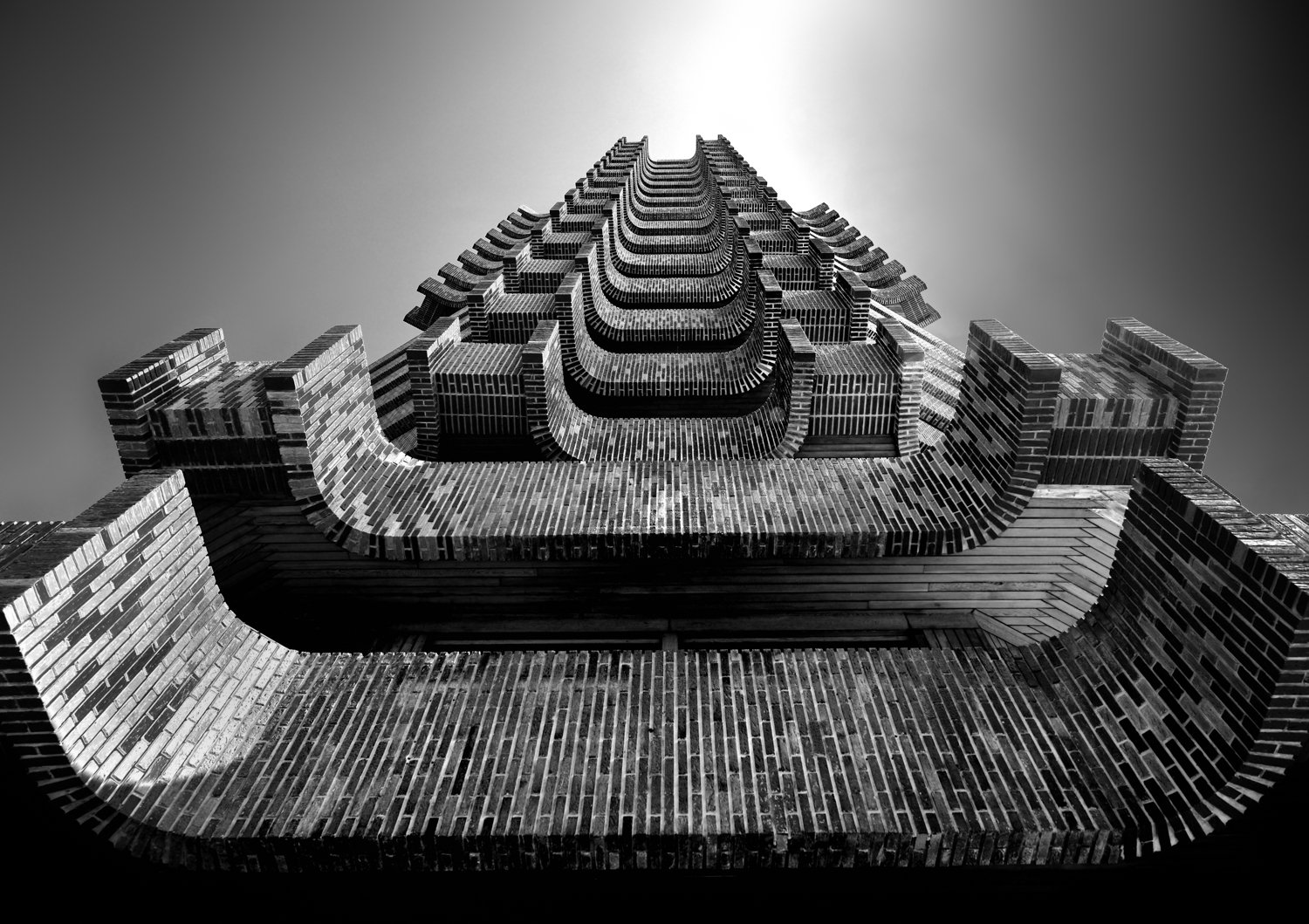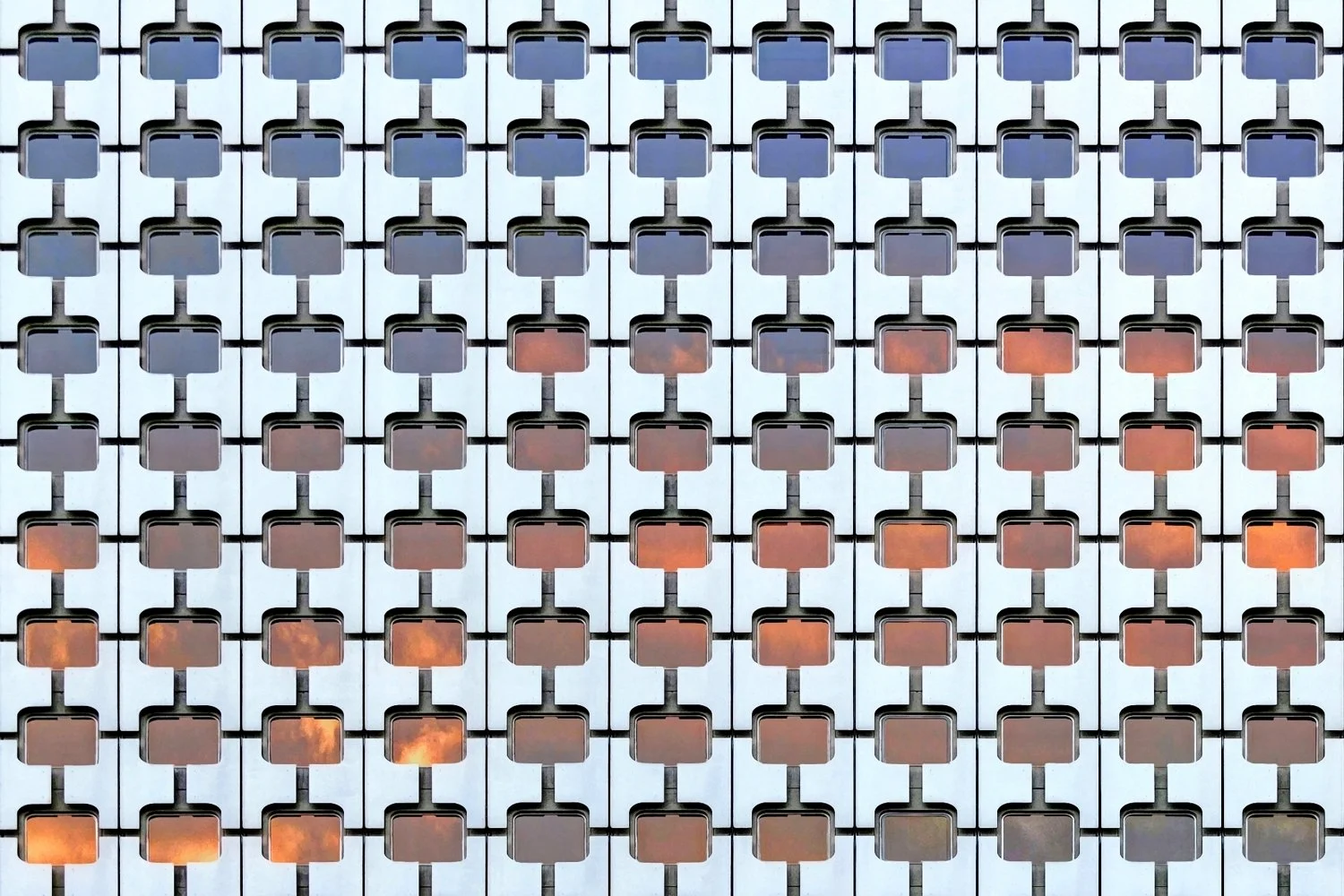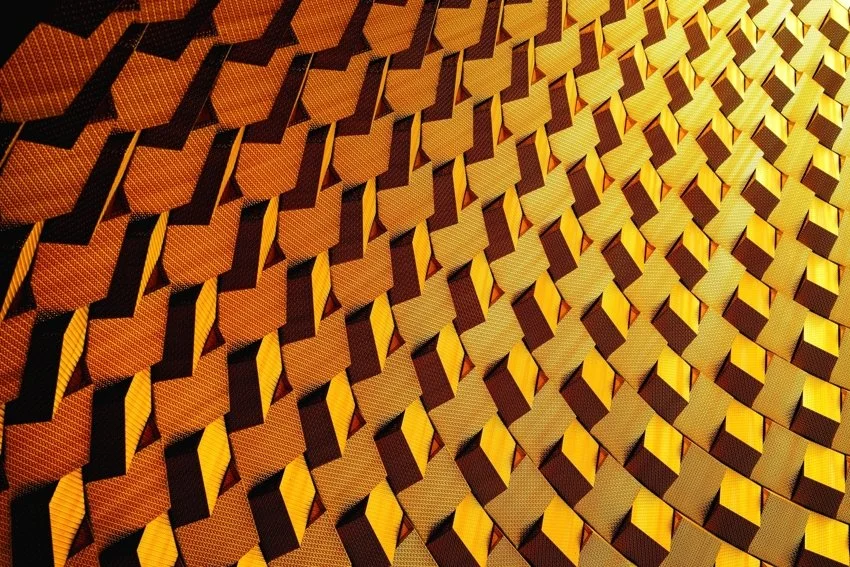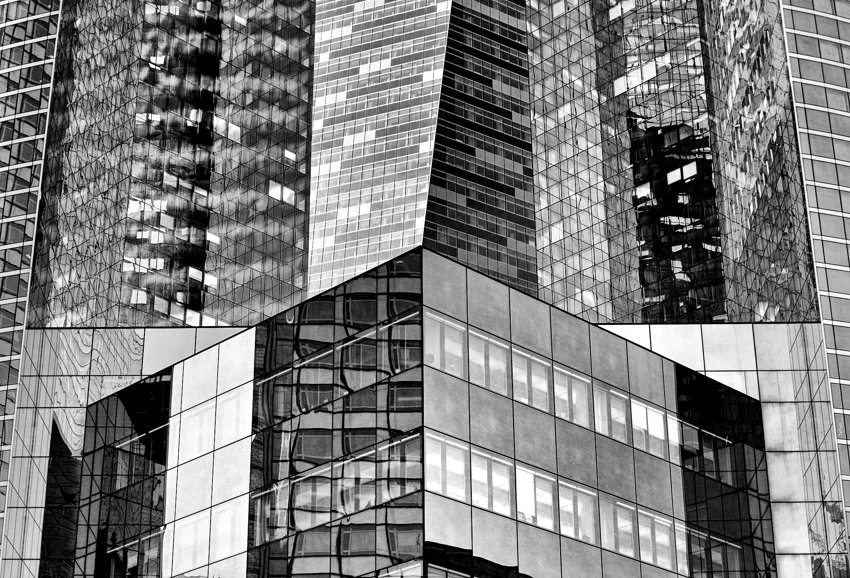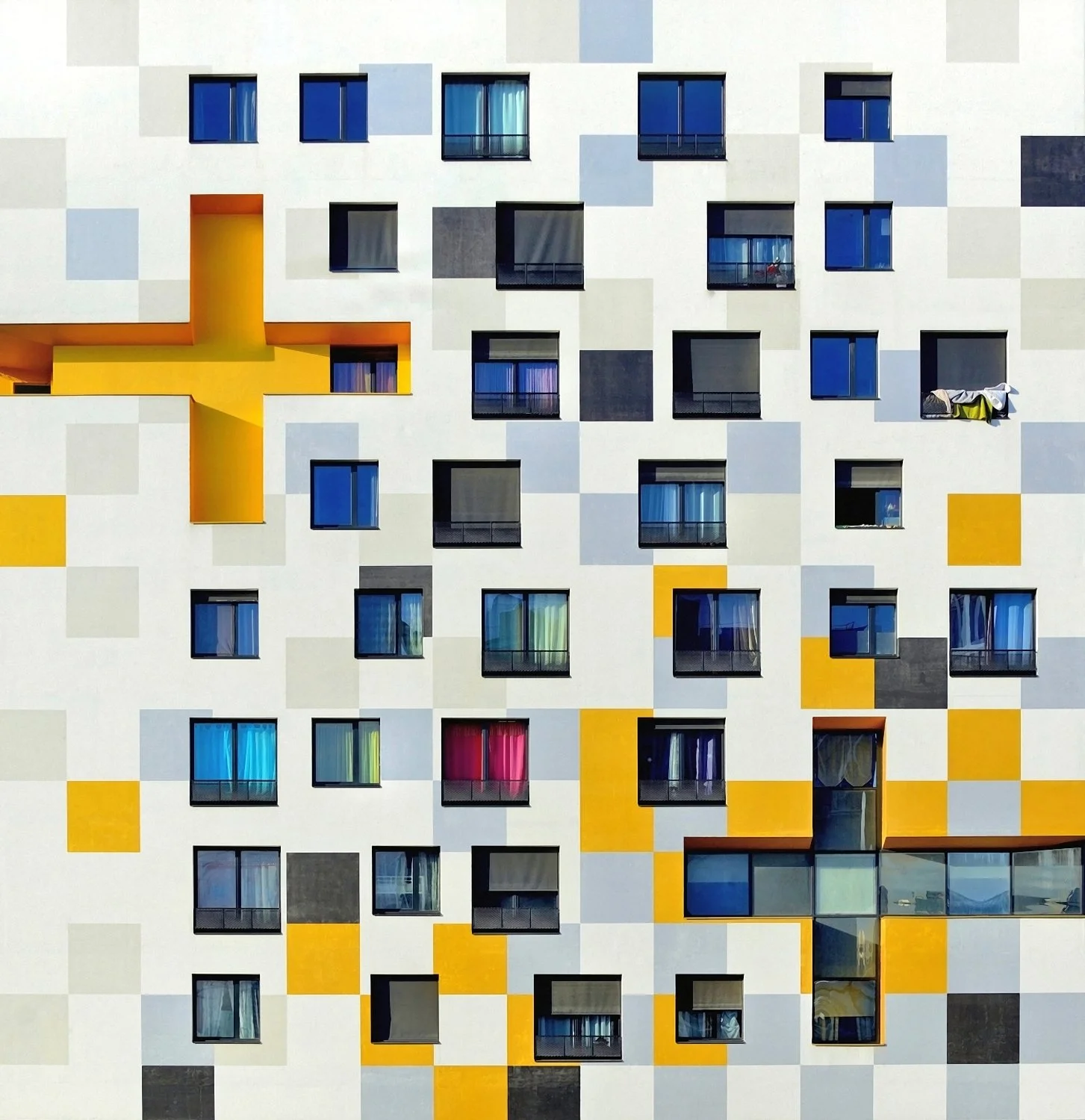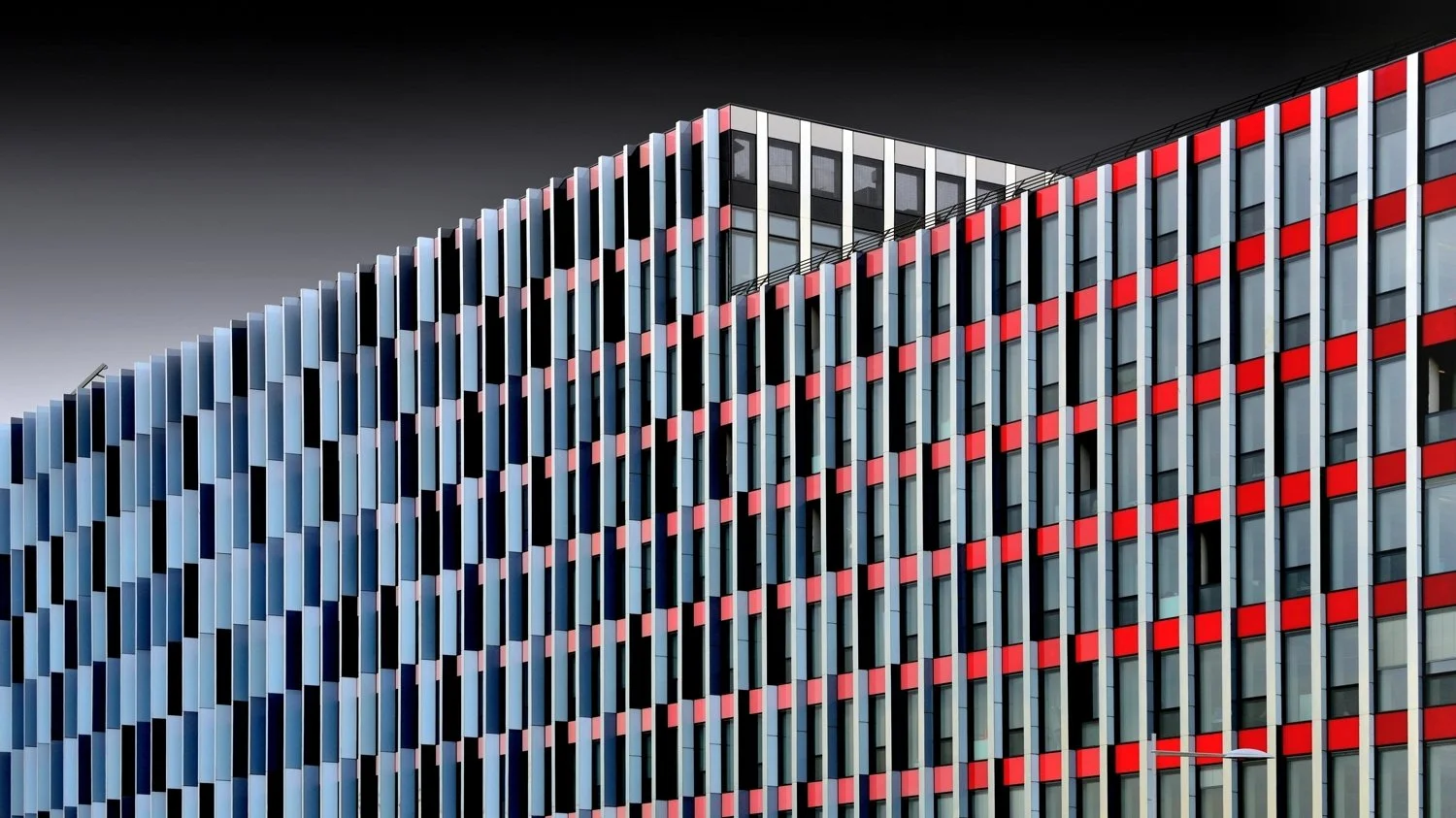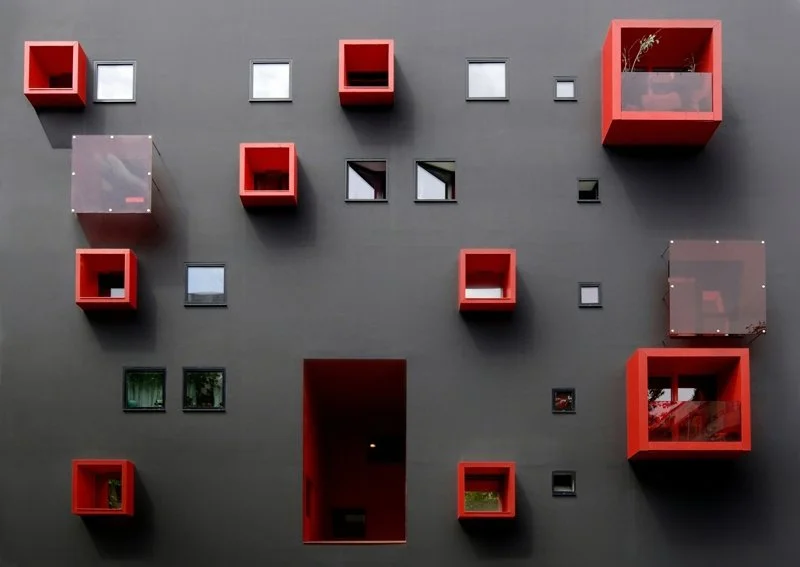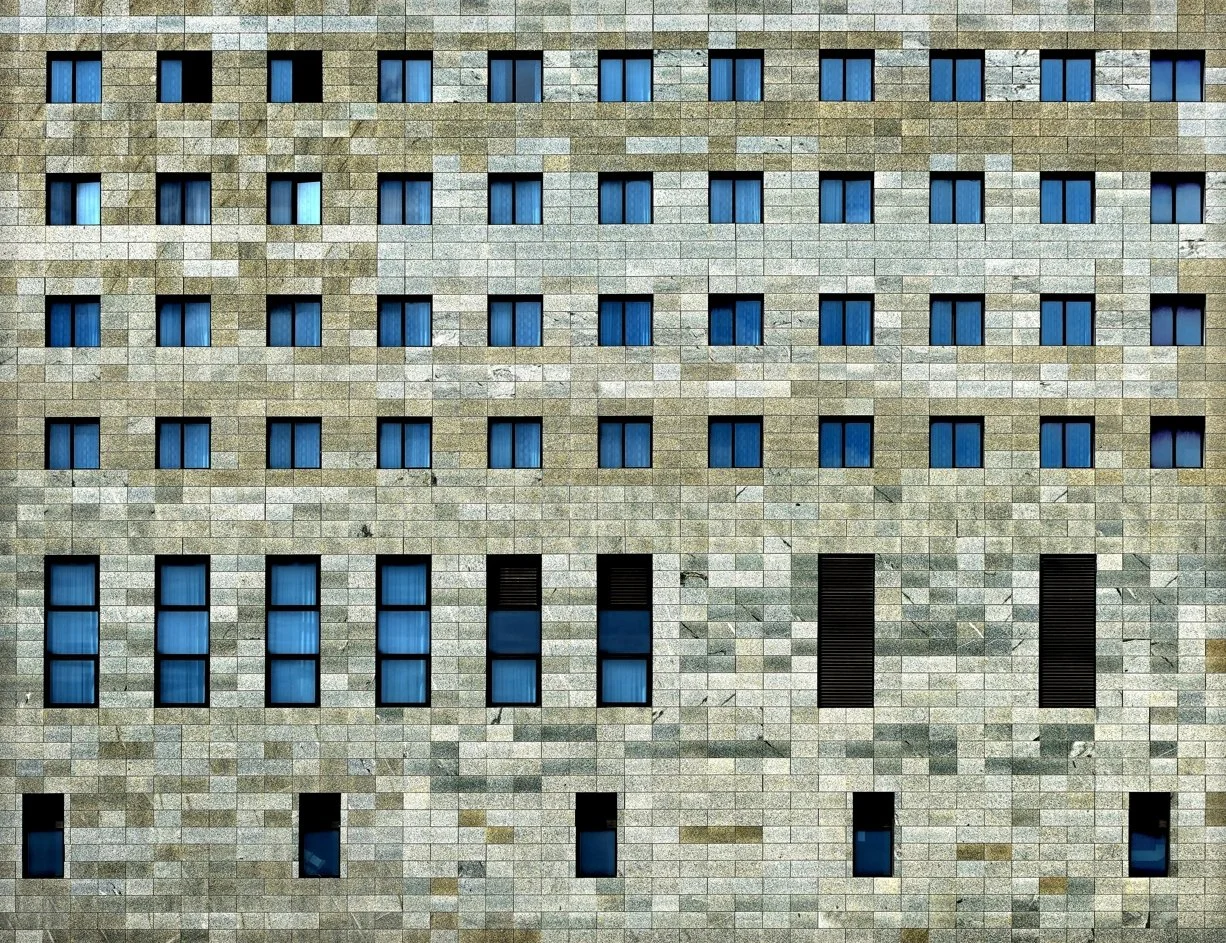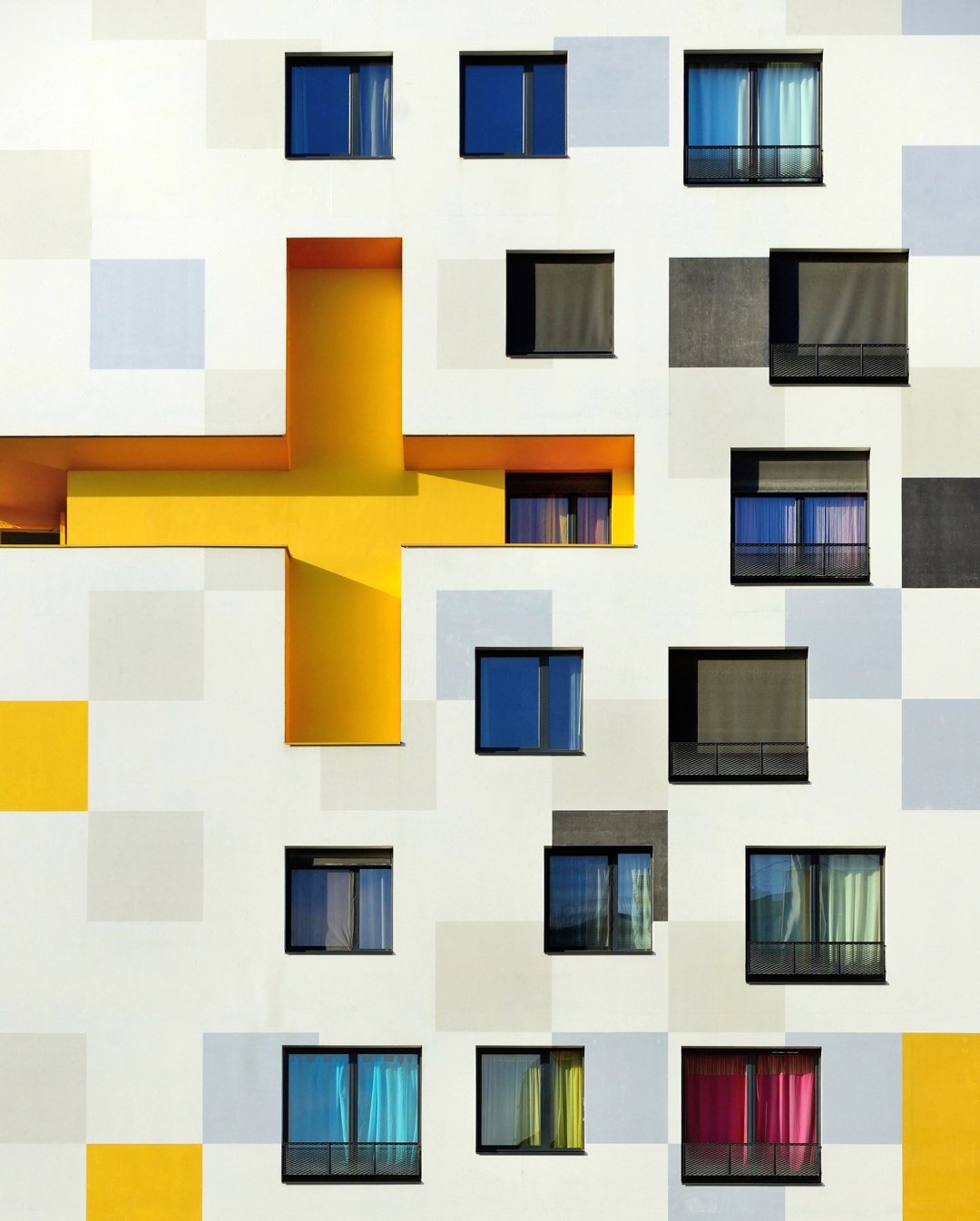
Skins of Architecture
All architecture implies a vision of the city that goes beyond the executed building
Toute architecture implique une vision de la ville qui va au-delà du bâtiment exécuté
Skins of Architecture souligne une harmonie des formes et des couleurs, une esthétique fondée sur la symétrie où l’objet apparaît en 3 dimensions rendues visibles par le jeu de la lumière et des ombres.
Ainsi abstraits, les fenêtres deviennent autant d'éléments graphiques se détachant du vide de la façade, composant un tableau inattendu.
À travers cette série, je m’intéresse à la “peau” des bâtiments — cette surface visible qui fait interface entre l’intime et le collectif, entre l’espace habité et le paysage urbain. Loin d’être un simple habillage, la peau architecturale révèle une vision du monde, une pensée du lien entre l’édifice et la ville.
Toute architecture engage un regard sur la cité qui dépasse le bâtiment lui-même. Dans les lignes, les matières et les rythmes de ces façades, on perçoit des échos d’influences plus vastes — et notamment l’inspiration que les architectes puisent dans l’art pictural. La composition, la lumière, la couleur ou l’abstraction deviennent alors des langages communs entre peinture et construction, conférant à l’architecture une dimension sensible et symbolique.
Mon approche photographique cherche à capter ces correspondances silencieuses. En isolant certains détails ou en jouant avec les cadrages, j’interroge la relation entre l’enveloppe d’un bâtiment et la vision artistique qu’elle incarne. C’est une manière de montrer comment l’architecture, à travers sa peau, devient un acte plastique autant qu’urbanistique — une œuvre à lire, à habiter, à ressentir.
Cette exploration propose ainsi un regard croisé entre l’art, l’architecture et la ville — une invitation à voir dans chaque façade non seulement une fonction, mais une intention artistique inscrite dans le tissu urbain.
Through this series, I explore the skin of buildings — that visible surface which forms an interface between the intimate and the collective, between inhabited space and the urban landscape. Far from being a mere façade, the architectural skin reveals a worldview, a way of thinking about the relationship between the structure and the city.
Every piece of architecture carries a vision of the city that goes beyond the building itself. In the lines, materials, and rhythms of these façades, one can perceive echoes of broader influences — notably the inspiration architects draw from pictorial art. Composition, light, color, and abstraction become shared languages between painting and construction, giving architecture a sensitive and symbolic dimension.
My photographic approach seeks to capture these silent correspondences. By isolating certain details or playing with framing, I explore the relationship between a building’s outer shell and the artistic vision it embodies. It’s a way of showing how architecture, through its skin, becomes both a plastic and urbanistic act — a work to be read, inhabited, and felt.
This exploration offers a dialogue between art, architecture, and the city — an invitation to see in each façade not just a function, but an artistic intention embedded in the urban fabric.
Happy Windows IV
Pagode
Happy Windows V
Happy Windows II
Iridescent world
Happy Windows
Shadow and shadows
The way of light
No more space
Happy Windows III
brick brutalism
Hong Kong rainbow
Maze Building
Book of Pattern
Cube
floor perspective
The bark
Serenity Windows
Bureaucracy Windows
Bleu Athens
The angles of white

